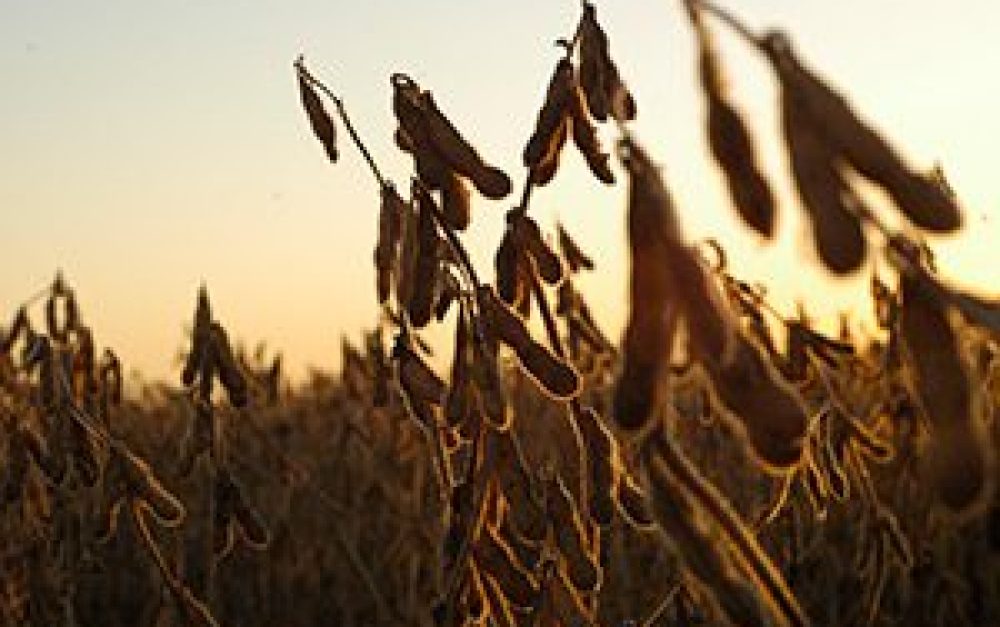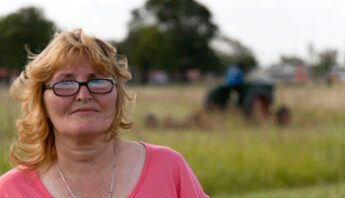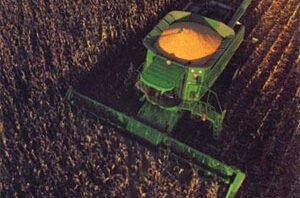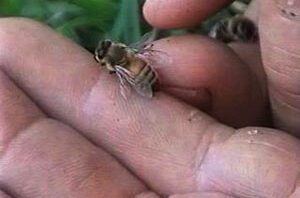In the spring of 2012, we profiled a courageous mother from Argentina who took on Monsanto to protect her children and her community from pesticide harms.
In the spring of 2012, we profiled a courageous mother from Argentina who took on Monsanto to protect her children and her community from pesticide harms. Sofia Gatica received the prestigious Goldman Environmental Prize for her inspiring organizing efforts.
Now the story continues. The Associated Press recently published an in-depth story on the spiraling use of pesticides in Argentina, and the resulting health harms. With careful and compelling reporting, the piece highlights how GE crops dramatically drive up pesticide use, and puts a human face — including Sofia’s family and many others — on the reality of pesticide-dependent agriculture. Please read this hugely important story.
Here’s the gist: Argentina was an early adopter of genetically engineered (GE) crops. Once known for its grassfed beef, the nation is now the world’s third largest soybean producer.
Soy production covers 47 million farming acres in Argentina, three times what it was in the mid-1990s when Monsanto began aggressively marketing its patented seeds and chemicals. Today all of the country’s soy — and nearly all of its corn and cotton — are genetically engineered.
AP reporters Michael Warren and Natacha Pisarenko describe how biotechnology has driven this dramatic shift in production, and introduced widespread pesticide exposures:
… the chemicals powering the boom aren’t confined to soy and cotton and corn fields. The spray drifts into schools and homes and settles over water sources; farmworkers mix poisons with no protective gear; villagers store water in pesticide containers that should have been destroyed.
And with widespread pesticide exposure has come a dramatic increase in health harms. Argentinian doctors point to a “change in the profile of diseases,” with spikes in cancer and birth defect rates in agricultural areas — and increases in seldom-seen illnesses throughout the population.
Argentina is not alone
The sobering truth? The pesticide-linked health harms that drove Sofia Gatica and other mothers in her small community to press for change are found across Argentina — and around the world.
Last year, our partners at PAN Germany released a startling report on the global health effects of pesticide use. These data are not easy to find, and in addition to widespread health harms, this report documents the problem of under-reporting and misdiagnosis of pesticide impacts around the world.
This is not a problem limited to any one country or region. Chronic diseases and disorders linked to pesticide exposure are on the rise here too, with children especially at risk. And as my colleague Medha Chandra notes:
Here in the U.S. only one state maintains a database of pesticide poisoning cases. California’s Pesticide Illness Surveillance Program is the only program of its kind in the country, and it too has its share of problems.
This is exactly why PAN is an international network.
Pesticide corporations like Monsanto that market and trade their products across international boundaries are putting communities around the world in harm’s way. The courageous efforts of one community or one country — while essential — must be leveraged and linked into a global movement if we are to have a fighting chance of taking on these heavyweight corporate interests.
Pulling back the GE veil
And it turns out we do have a fighting chance. The recent good news out of Mexico on GE corn and powerful political engagement in affected communities like Kaua’i are finally unveiling GE’s dirty little secret.
What secret? In short, that GE crops are driving pesticide use up — way up — and the promised increased yields that will “feed the world” have failed to materialize.
Efforts to pass GE labeling laws in states around the country are also shining a light on the link between GE crops and pesticide use. The latest initiative (I-522 in Washington state) is still awaiting final results from this week’s election. The tally doesn’t look good, but if it goes down the margin of defeat will be extremely slim — despite the more than $20 million Monsanto and other pesticide and “Big Food” corporations invested to block the bill.
Thanks to courageous mothers like Sofia Gatica, reporters like Warren and Pisarenko, and fed-up farmers, farmworkers and community leaders across the U.S. and around the world, Monsanto is on the defensive. And the failed promises of GE crops — and the role they play in driving up use of health-harming pesticides — is fast becoming general knowledge.
This is huge progress. It opens space to move ahead with the important work of getting to a food system that truly supports healthy communities.








